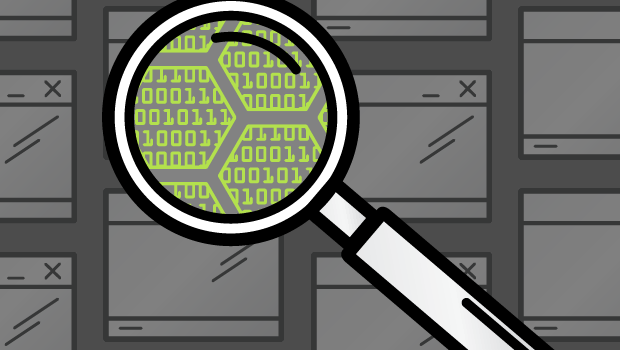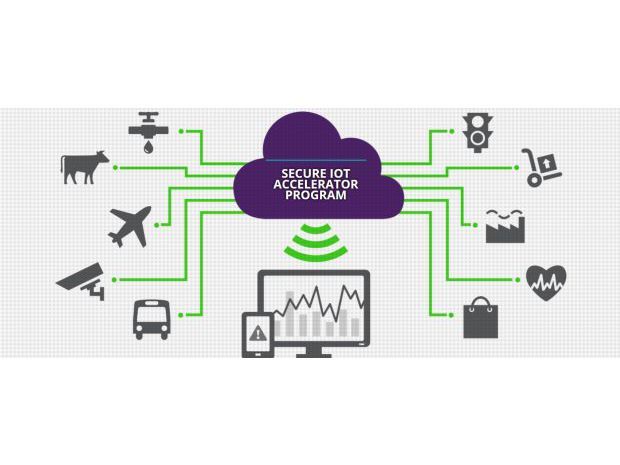Have you seen the commercial where the mom of a sobbing child asks, “Alexa, when did Madison last have a tetanus shot?” And Alexa says, “Madison had a tetanus shot on 8/15/16, and is due for another one on 8/15/26, though the Mayo Clinic recommends a booster shot if she experiences a puncture wound.” And then the mom asks Alexa to locate the nearest open urgent care center that accepts the family’s insurance, and Alexa comes through with driving directions, travel time, and estimated wait time?
You haven’t? Neither have we.
About 40 percent of U.S. households — a number that grows every day — ask Alexa and Siri and “Hey Google!” to perform an astonishing variety of data-related tasks. But they rarely include those that have anything to do, except in the most general way, with health and medical care.
Monthly Archives: April 2019
Is IoT growing up? 5 key issues | The Enterprise Project
At the fifth annual MIT Enterprise Forum Connected Things event, the report card on the state of Internet of Things seemed to deliver mixed results. In the five years since the event kicked off, the IoT and Edge Computing space has evolved in some ways and not really materially changed in others.
However, one aspect of the event that struck me was that I didn’t see or hear much that looked like solutions in search of problems. This partly reflects a focus on technologies and applications that aren’t part of the consumer gadget space (which still seems to feature more IoT toys than genuinely useful products).
But it also reflects a maturing industry segment that has really started thinking about use cases and how to systematically apply IoT technology for business value. Let’s check in on five key areas:
Source: Is IoT growing up? 5 key issues | The Enterprise Project
BlackBerry and Telus partner with Ottawa-based accelerator for new IoT-focused program | Financial Post
Ottawa-based software as a service (SaaS) accelerator program L-Spark Corp. is launching a new Secure IoT Accelerator program, working with Telus Corp, BlackBerry Ltd. and Solace, the group announced on Wednesday.
The program will work with Canadian ventures developing Internet of Things (IoT) products and services. With communications vendor Cisco Systems Inc. predicting the global IoT market will be worth $1.1 trillion USD by 2021, there’s plenty of incentive to develop more advanced and secure IoT technologies.
The accelerator will not provide any funding to firms selected to take part, according to Leo Lax, the executive managing director at L-Spark. Nor do they have to pay any fee to take part or share any of the intellectual property they develop. But they do have to put their R&D resources towards developing a proof of concept on a hardware and software platform being provided by the three technology firms partnered with the accelerator.
Internet of Things Devices Have a Serious Security Problem | PCMag
Alex “Jay” Balan, Bitdefender’s Chief Security Researcher, begs to differ. “Internet of Things is not optional,” he said here at RSA. “It’s not the user’s choice. Everything is becoming smart.”
Every network printer is an IoT device, he pointed out. “People believe that the printer is secure because it’s a physical box. I can take the paper out, and nobody can print. But in reality, anyone on the network can access the printer, and most have a management console without a password.”
Getting access to every document a printer ever printed doesn’t even require an exploit, because the functionality is simply present and available.
Source: Internet of Things Devices Have a Serious Security Problem | PCMag
Protecting IoT: It’s Up To You | Forbes
The Internet of Things is everywhere, and it continues to grow as manufacturers add computing capacity to more and more of their products. All of these Internet-connected devices present a security risk, and it’s a lot bigger than an intruder adjusting a homeowner’s Nest thermostat a couple of degrees. We can all help reduce the security risk associated with IoT by adopting the concept of herd immunity.
How to Secure the Internet of Things | BBN Times
The Internet of Things (#IoT) as a concept is fascinating and exciting, but the key to gaining real business value from it, is effective communication between all elements of the architecture so you can deploy applications faster, process and analyze data at lightning speeds, and make decisions as soon as you can.
A Legislative Shot at Internet of Things Security | Just Security
Last Monday, a bipartisan group of Congressional members introduced in the Senate and House The Internet of Things (IoT) Cybersecurity Improvement Act of 2019. Sponsored by Senators Mark Warner (D-VA), Cory Gardner (R-CO), Maggie Hassan (D-NH), and Steve Daines (R-MT) and Representatives Robin Kelly (D-IL) and Will Hurd (R-TX), the bill is a revised version of an earlier bill of the same name introduced in 2017 with different co-sponsors.
Source: A Legislative Shot at Internet of Things Security | Just Security
Huawei security: ‘Significant’ engineering flaws are a risk to our telecoms networks, says UK | ZDNet
“Further significant technical issues have been identified in Huawei’s engineering processes, leading to new risks in the UK telecommunications networks,” said the annual report from the Huawei Cyber Security Evaluation Centre (HCSEC) Oversight Board. The board oversees the unit that evaluates the security of the Chinese company’s products used in UK telecoms network.
The report warned: “Overall, the Oversight Board can only provide limited assurance that all risks to UK national security from Huawei’s involvement in the UK’s critical networks can be sufficiently mitigated long-term.” However, it said it did not believe that the flaws it had found were due to Chinese state interference.
7 Challenges of IoT Software Development | IoT For All
IoT software development is a minefield. Teams need to reassess their priorities. Here’s a list of seven software development challenges for IoT projects.
Source: 7 Challenges of IoT Software Development | IoT For All






